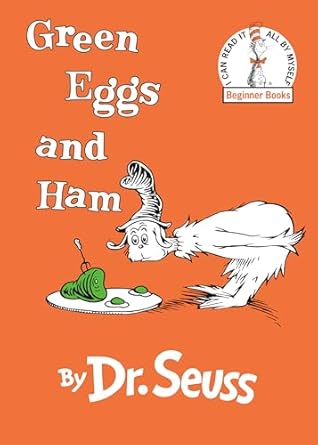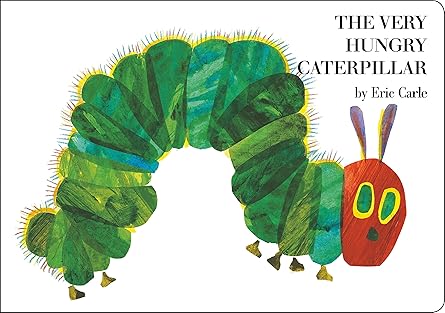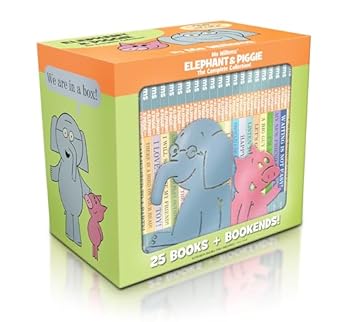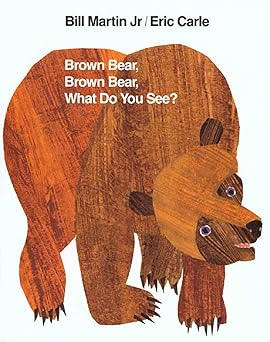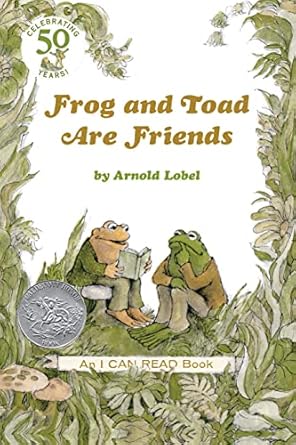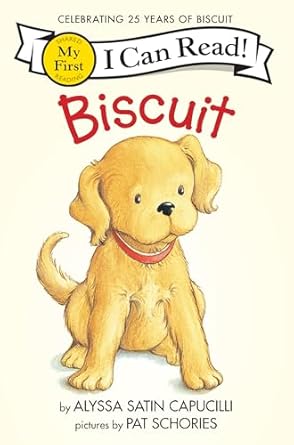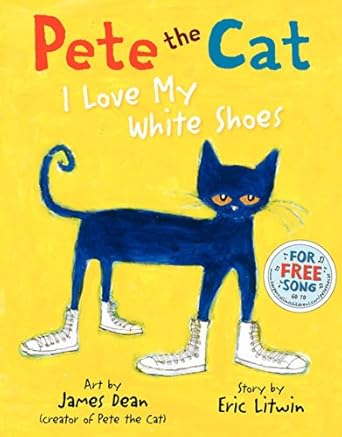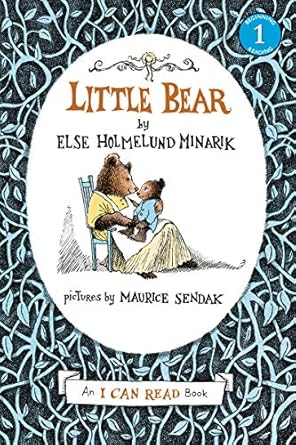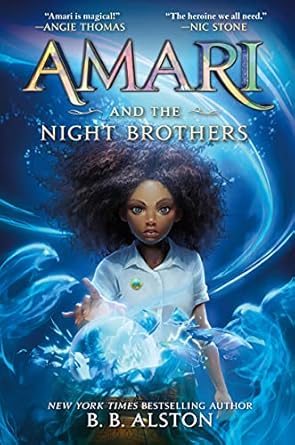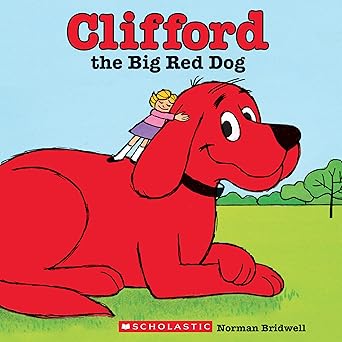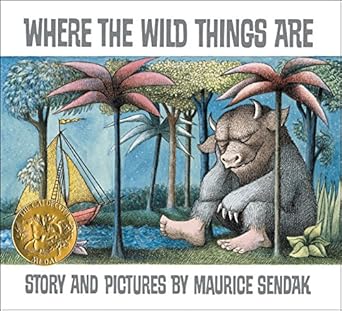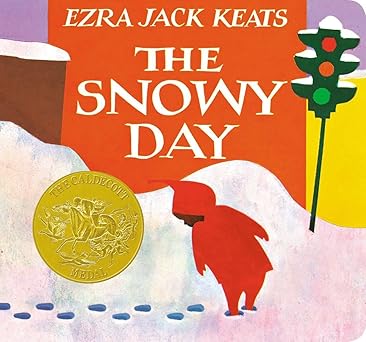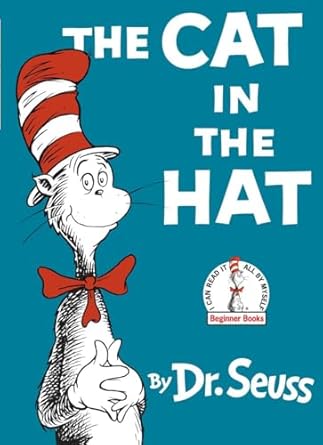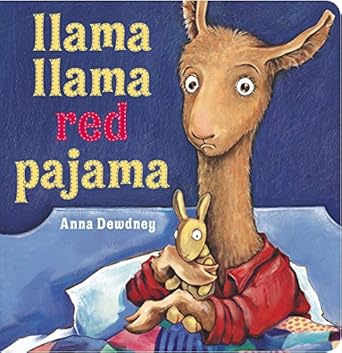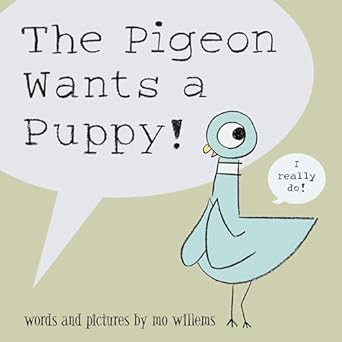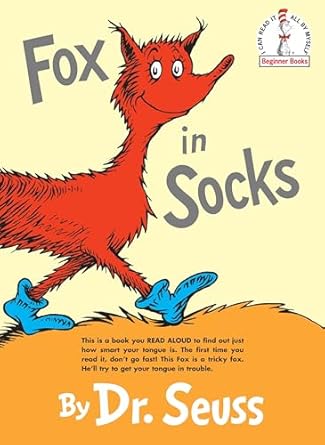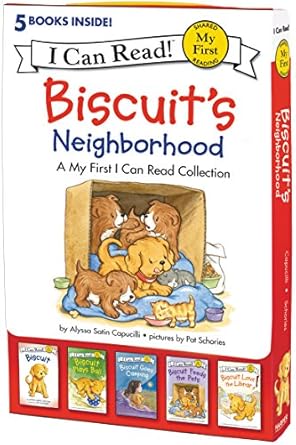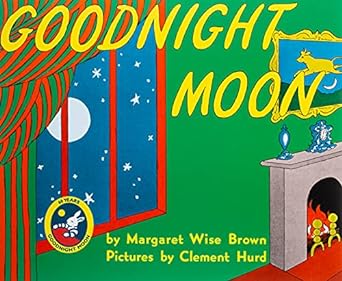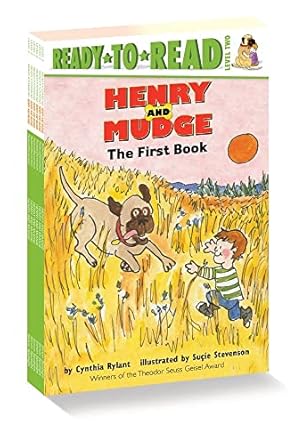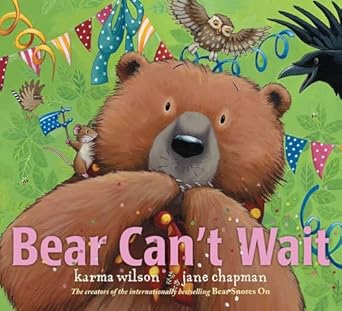Summary: In today’s article, I’ve compiled 20 top books for early readers that help build literacy skills and keep kids engaged. Here are my top 3 picks:
- Green Eggs and Ham by Dr. Seuss
- The Very Hungry Caterpillar by Eric Carle
- Elephant and Piggie series by Mo Willems
The best books for early readers are fun, simple, and perfect for building key literacy skills. Books with repetitive, catchy text help kids recognize words and feel more confident reading. Stories with bright illustrations and relatable characters keep children excited about reading while helping them understand the story. These books not only boost language skills but also spark creativity and a love for reading, making it an enjoyable experience for young minds.
TOP 20: Best Books for Early Readers
- Green Eggs and Ham by Dr. Seuss
- The Very Hungry Caterpillar by Eric Carle
- Elephant and Piggie series by Mo Willems
- Brown Bear, Brown Bear, What Do You See? by Bill Martin Jr. and Eric Carle
- Frog and Toad Are Friends by Arnold Lobel
- Biscuit by Alyssa Satin Capucilli
- Pete the Cat: I Love My White Shoes by Eric Litwin and James Dean
- Little Bear by Else Holmelund Minarik
- Amari and the Night Brothers by B.B. Alston
- Clifford the Big Red Dog by Norman Bridwell
- Where the Wild Things Are by Maurice Sendak
- The Snowy Day by Ezra Jack Keats
- The Cat in the Hat by Dr. Seuss
- Llama Llama Red Pajama by Anna Dewdney
- The Pigeon Wants a Puppy! by Mo Willems
- Fox in Socks by Dr. Seuss
- I Can Read series by Various Authors
- Goodnight Moon by Margaret Wise Brown
- Henry and Mudge series by Cynthia Rylant
- The Bear Books by Karma Wilson and Jane Chapman
1. Green Eggs and Ham
- Author: Dr. Seuss
- About: A fun, rhyming story about Sam-I-Am, who encourages another character to try green eggs and ham, despite initial resistance.
- Style of writing: Rhyming, repetitive, playful
- Length: About 700 words
- Year written: 1960
- Emotional impact: Encourages curiosity, openness to new experiences, and persistence.
- Difficulty level: Easy (Great for beginner readers)
- Why read it: The catchy rhymes and engaging storyline make it perfect for early readers, while teaching lessons about trying new things.
2. The Very Hungry Caterpillar
- Author: Eric Carle
- About: A caterpillar eats through various foods before transforming into a butterfly.
- Style of writing: Simple, repetitive, rhythmic
- Length: About 200 words
- Year written: 1969
- Emotional impact: Teaches about growth and transformation, with a sense of wonder.
- Difficulty level: Easy (Ideal for beginners)
- Why read it: Its beautiful illustrations and easy-to-follow text make it a favorite for young children, while teaching counting and the days of the week.
3. Elephant and Piggie series
- Author: Mo Willems
- About: Follows two best friends—Gerald, an elephant, and Piggie, a pig—as they experience humorous and heartfelt adventures.
- Style of writing: Simple dialogue, humorous, interactive
- Length: Around 500-600 words per book
- Year written: First book in the series, Today I Will Fly, was written in 2007
- Emotional impact: Relatable, funny, with a focus on friendship, emotions, and problem-solving.
- Difficulty level: Easy (Perfect for new readers)
- Why read it: The clear, engaging dialogue and lovable characters keep kids excited about reading.
4. Brown Bear, Brown Bear, What Do You See?
- Author: Bill Martin Jr. and Eric Carle
- About: A repetitive, rhythmic pattern introduces a variety of animals as they ask each other what they see.
- Style of writing: Rhythmic, repetitive
- Length: About 250 words
- Year written: 1967
- Emotional impact: Calming, teaches color and animal recognition.
- Difficulty level: Easy
- Why read it: A great read-aloud book with simple text that children can easily predict, perfect for early literacy.
5. Frog and Toad Are Friends
- Author: Arnold Lobel
- About: A collection of simple, sweet stories about two best friends, Frog and Toad, and their adventures together.
- Style of writing: Gentle, conversational, easy dialogue
- Length: Around 800 words per story
- Year written: 1970
- Emotional impact: Teaches about friendship, kindness, and empathy.
- Difficulty level: Easy
- Why read it: The relatable stories about friendship and caring make it a timeless choice for young readers.
6. Biscuit
- Author: Alyssa Satin Capucilli
- About: Follows the adventures of a little dog named Biscuit as he explores and learns about his world.
- Style of writing: Simple, repetitive, engaging
- Length: Around 200-300 words
- Year written: 1996
- Emotional impact: Sweet, teaches about love and responsibility.
- Difficulty level: Easy
- Why read it: Biscuit's charming stories are perfect for beginner readers and offer simple yet engaging tales of daily life.
7. Pete the Cat: I Love My White Shoes
- Author: Eric Litwin and James Dean
- About: Pete the Cat goes on an adventure while singing about his white shoes, which change colors as he steps in different things.
- Style of writing: Rhyming, repetitive, catchy
- Length: Around 400 words
- Year written: 2008
- Emotional impact: Fun, teaches resilience and positivity.
- Difficulty level: Easy
- Why read it: The catchy song-like structure and colorful illustrations make it a fun and uplifting read.
8. Little Bear
- Author: Else Holmelund Minarik
- About: Follows the adventures of Little Bear and his family and friends in their cozy world.
- Style of writing: Gentle, simple, conversational
- Length: Around 1,000 words
- Year written: 1957
- Emotional impact: Comforting, teaches about love and family.
- Difficulty level: Easy
- Why read it: The tender stories of Little Bear make it perfect for young readers learning to navigate their emotions.
9. Amari and the Night Brothers
- Author: B.B. Alston
- About: A fantasy story where Amari, a young girl, embarks on an adventure to find her missing brother in a magical world.
- Style of writing: Fast-paced, adventurous, imaginative
- Length: 400 pages (Chapter book)
- Year written: 2021
- Emotional impact: Inspires courage, persistence, and friendship.
- Difficulty level: Medium
- Why read it: It introduces young readers to fantasy and adventure with a diverse, empowering main character.
10. Clifford the Big Red Dog
- Author: Norman Bridwell
- About: The adventures of Clifford, a giant red dog, and his owner Emily Elizabeth, as they navigate everyday situations.
- Style of writing: Simple, engaging, narrative
- Length: Around 1,000 words per book
- Year written: 1963
- Emotional impact: Fun and heartwarming, teaches about love and friendship.
- Difficulty level: Easy
- Why read it: Clifford's oversized personality and caring nature make this series an enduring favorite for early readers.
11. Where the Wild Things Are
- Author: Maurice Sendak
- About: A boy named Max travels to a forest of wild creatures and becomes their king before realizing he wants to return home.
- Style of writing: Imaginative, rhythmic, concise
- Length: About 300 words
- Year written: 1963
- Emotional impact: Evokes imagination, explores themes of adventure and homecoming.
- Difficulty level: Medium
- Why read it: A classic story that sparks creativity and helps children understand emotions like anger and longing.
12. The Snowy Day
- Author: Ezra Jack Keats
- About: A young boy explores the snow-covered world outside his home, discovering the beauty of winter.
- Style of writing: Simple, poetic
- Length: About 300 words
- Year written: 1962
- Emotional impact: Calm, nostalgic, and heartwarming.
- Difficulty level: Easy
- Why read it: A beautiful story that introduces children to the wonder of winter and the joy of exploration.
13. The Cat in the Hat
- Author: Dr. Seuss
- About: A mischievous cat causes chaos in a house while two children are stuck indoors on a rainy day.
- Style of writing: Rhyming, playful, and whimsical
- Length: About 1,600 words
- Year written: 1957
- Emotional impact: Fun and silly, encourages curiosity and creativity.
- Difficulty level: Medium
- Why read it: The playful language and unforgettable characters make it a must-read for children starting their reading journey.
14. Llama Llama Red Pajama
- Author: Anna Dewdney
- About: Little Llama feels anxious when his mama leaves him in his room at bedtime.
- Style of writing: Rhyming, repetitive
- Length: About 400 words
- Year written: 2005
- Emotional impact: Comforting, helps kids understand separation anxiety.
- Difficulty level: Easy
- Why read it: The comforting message and rhyming text make it an excellent choice for bedtime reading.
15. The Pigeon Wants a Puppy!
- Author: Mo Willems
- About: The pigeon desperately tries to convince the reader why he should get a puppy, even though he can’t take care of one.
- Style of writing: Humor, dialogue-based
- Length: About 200-300 words
- Year written: 2008
- Emotional impact: Funny, teaches about responsibility and patience.
- Difficulty level: Easy
- Why read it: The hilarious, relatable pigeon character makes this book a fun read for both kids and parents.
16. Fox in Socks
- Author: Dr. Seuss
- About: A tongue-twisting story that involves a fox and a variety of characters getting tangled up in silly situations.
- Style of writing: Rhyming, tongue-twisters
- Length: About 700 words
- Year written: 1965
- Emotional impact: Fun, encourages playful language skills.
- Difficulty level: Medium
- Why read it: A delightful challenge for young readers to practice word play and develop fluency.
17. I Can Read series
- Author: Various authors
- About: A series of beginner books designed to help children learn to read with simple, straightforward text and colorful illustrations.
- Style of writing: Simple, repetitive
- Length: Varies by title
- Year written: Various years
- Emotional impact: Confidence-building, accessible for early readers.
- Difficulty level: Easy
- Why read it: The series offers a wide range of themes, making it a perfect choice for readers of different interests.
18. Goodnight Moon
- Author: Margaret Wise Brown
- About: A little bunny says goodnight to everything in his room as he prepares for bed.
- Style of writing: Rhythmic, calming
- Length: About 300 words
- Year written: 1947
- Emotional impact: Peaceful, comforting, ideal for bedtime.
- Difficulty level: Easy
- Why read it: Its calming rhythm and simple text make it a perfect read for winding down at the end of the day.
19. Henry and Mudge series
- Author: Cynthia Rylant
- About: Follows a boy named Henry and his large dog Mudge as they explore the world together.
- Style of writing: Simple, clear
- Length: Around 1,000-1,500 words per book
- Year written: 1987 (first book)
- Emotional impact: Warm, celebrates friendship and the bond between pets and their owners.
- Difficulty level: Easy
- Why read it: The series is heartwarming and relatable, perfect for early chapter book readers.
20. The Bear Books
- Author: Karma Wilson and Jane Chapman
- About: A series about Bear and his animal friends, focusing on friendship and kindness.
- Style of writing: Simple, repetitive, rhyming
- Length: About 300-600 words per book
- Year written: 2002 (first book)
- Emotional impact: Heartwarming, teaches about friendship and caring.
- Difficulty level: Easy
- Why read it: The rhythmic text and lovable characters make these books perfect for young readers looking for comfort and joy.
Conclusion
In conclusion, the best books for early readers blend fun, simplicity, and essential literacy skills to create an engaging reading experience. Green Eggs and Ham, The Very Hungry Caterpillar, and the Elephant and Piggie series are standout choices, offering repetitive, catchy text, vibrant illustrations, and characters young readers can easily relate to. These books not only support word recognition and comprehension but also foster a sense of excitement about reading. By building confidence and sparking curiosity, they help children develop a lifelong love for books and stories.

